A trimester at the Institut Henri Poincaré, 8 January - 6 April 2018 | |||||
|
| |||||
|
Organizing Committee Elisabeth Bouscaren (CNRS - Orsay) Zoé Chatzidakis (CNRS - ENS) Martin Hils (Münster) Dugald Macpherson (Leeds) Frank Wagner (Lyon 1)
Scientific Committee |
|
 | |||
Aims of the programmeModel theory is a branch of mathematical logic which deals with the relationship between formal logical languages (e.g. first order logic, or variants such as continuous logic) and mathematical objects (e.g. groups, or Banach spaces). It analyses mathematical structures through the properties of the category of its definable sets. Significant early applications of model theory include Tarski's decidability results in the 1920s (algebraically closed fields, real closed fields), and in the 1960s the well-known Ax-Kochen/Ershov results on the model theory of Henselian valued fields.These last few years have seen an extremely rapid development of the powerful tools introduced for stable structures in a much larger context, that of “tame” structures. Our main themes for this programme aim to develop both the internal model theory of tame structures and their recent applications. The programme will bring together researchers on the following topics:
(i) Model theory and
application to combinatorics. Additive combinatorics
(approximate subgroups and variations); Around Szemerédi
Regularity Lemma and Density Theorem; Pseudofinite structures (e.g.,
ultraproducts of finite structures); Vapnik-Chervonenkis theory,
applications, and NIP theories; Continuous model theory; Generalised
stability theory and tame structures.
The emphasis will be on the first two themes, where interactions and collaborations are still at an early stage. Theme (iii) is already well developed, and has connections with both themes (i) and (ii), mainly through concrete algebraic examples. While very present in the programme, it is less central. We intend to concentrate the activities of theme (i) (around Combinatorics) in the period 15 January - 9 February, and those of theme (ii) (around valued fields) in the period 12 February - 9 March, leading up to and including the second meeting. The third and final meeting will be general, including all three themes. However, we expect to have people from all themes of the programme at any point of time. Structure of the trimesterIn addition to weekly seminars and courses, the trimester will have four meetings:
SponsorsWe gratefully aknowledge the support of: IHP, CNRS, ANR, ERC, CARMIN, FSMP, CIRM, Sorbonne Université, Paris-Sud, ICJ, Paris-Diderot, ENS, NSF and ASL.
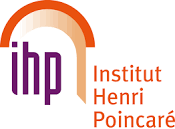

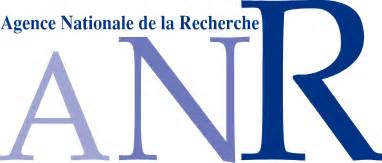

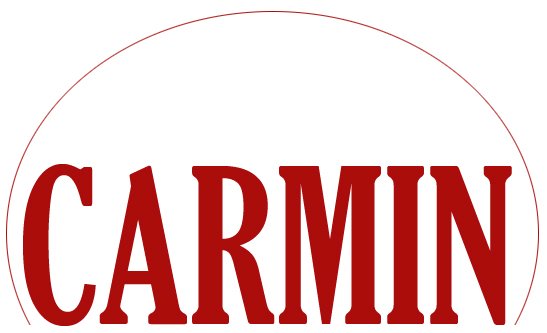
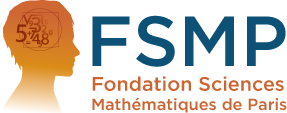
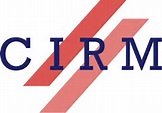
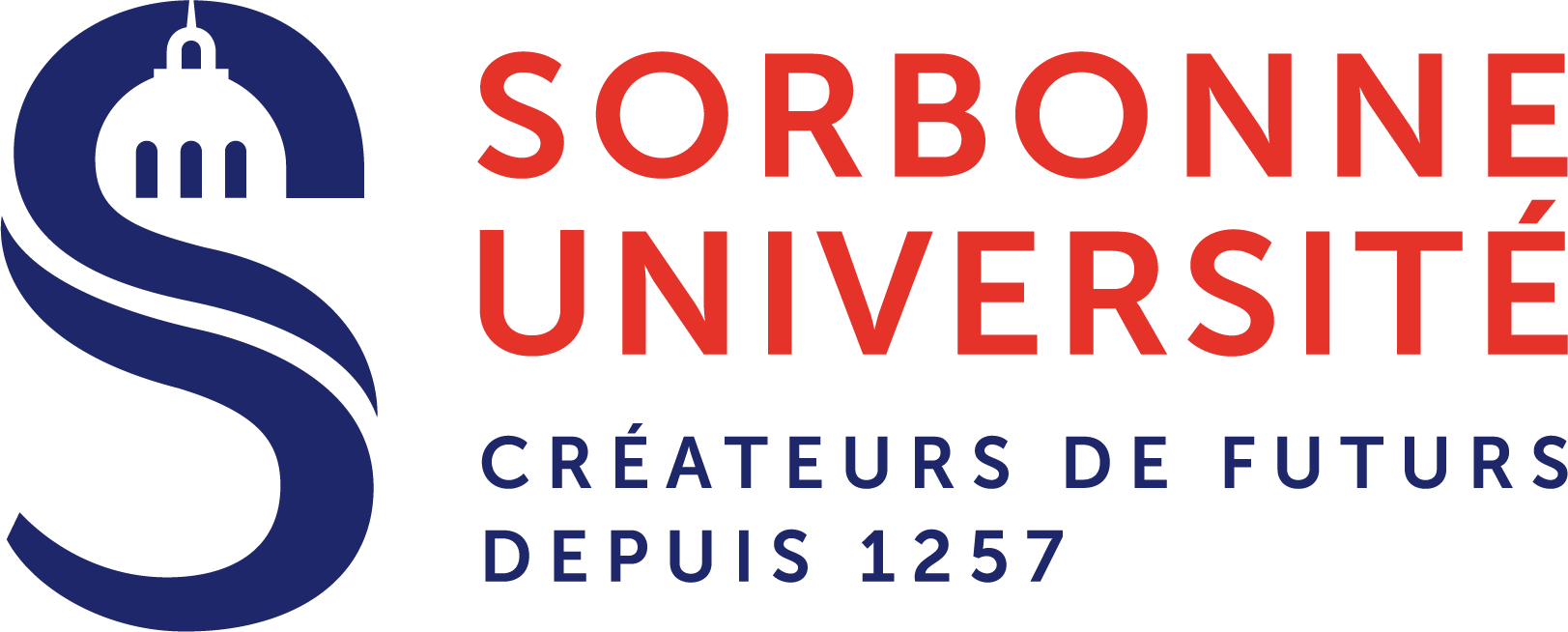

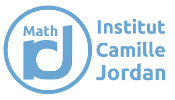

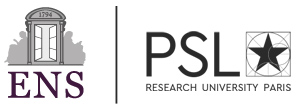
This document was last modified on | |||||

